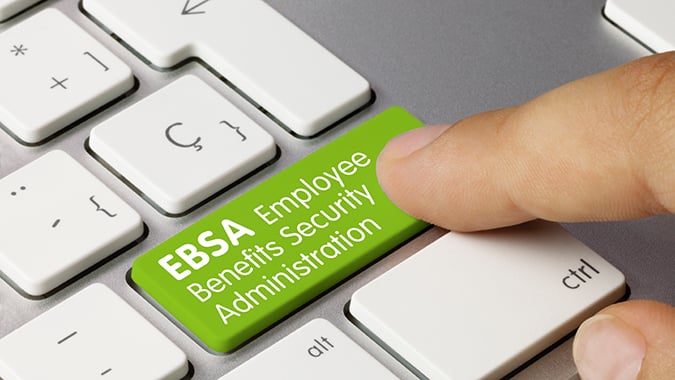Employers and plan administrators will soon have a more efficient way to voluntarily self-correct compliance issues in retirement, health and other employee benefit plans to avoid potential federal enforcement actions and fines.
The U.S. Department of Labor’s Employee Benefits Security Administration (ESBSA) announced updates to its Voluntary Fiduciary Correction Program (VFCP) that were published in the Federal Register on Jan. 15. The changes take effect on March 17.
The most significant change is an online self-correction tool that employers and other plan officials can use to remedy delays in sending participant contributions, such as employee payroll deductions, and participant loan repayments to retirement plans.
Delinquent participant contributions, which are payments retained by employers beyond the time allowed for remitting them to the retirement plan, are the most frequently corrected under the program. The new rule allows employers to voluntarily self-correct participant contributions and loan repayments if total lost earnings are $1,000 or less.
Employers and other plan officials can also fix mistakes related to participant loans from retirement plans, as provided by the SECURE 2.0 Act.
Self-correctors must notify EBSA of the self-correction by submitting a notice with the required information through EBSA's web tool. Unlike the current VFCP application process, self-correctors will receive an email acknowledgment instead of a "no action" letter.
The VFC Program is designed to encourage correction of fiduciary breaches and compliance with Employee Retirement Income Security Act of 1974 by allowing employers to avoid potential Department of Labor civil enforcement actions and civil penalties if they voluntarily correct eligible transactions in a manner that meets the requirements of the program.
The EBSA fact sheet provides more details about transactions eligible for self-correction.




